#Kyrghyz
Explore tagged Tumblr posts
Text

TURKMENISTAN -> The Kyrgyz people (also spelled Kyrghyz, Kirgiz, and Kirghiz) are a Turkic ethnic group native to Central Asia. They primarily reside in Kyrgyzstan, Uzbekistan, and China. A Kyrgyz diaspora is also found in Russia, Tajikistan, and Kazakhstan. They speak the Kyrgyz language, which is the official language of Kyrgyzstan.
#Kyrgyz#ethnic#people#postkarte#litografia#post card#lithograph#kartka#ansichtskarte#litho#Kirgizes#Kyrghyz#Kirgiz#national costumes#village
0 notes
Photo
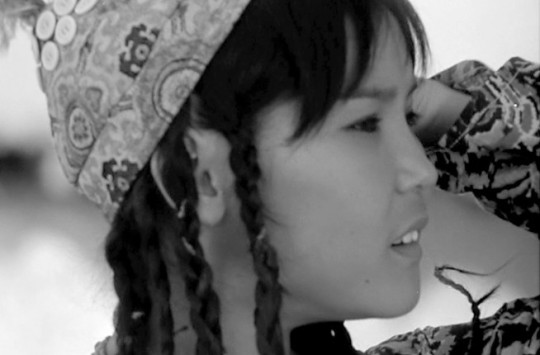
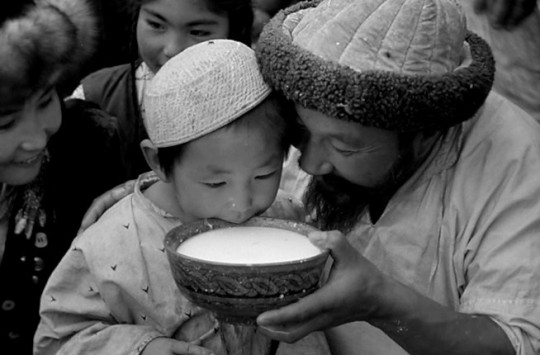
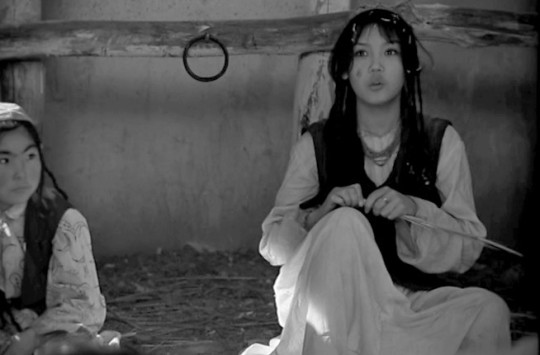
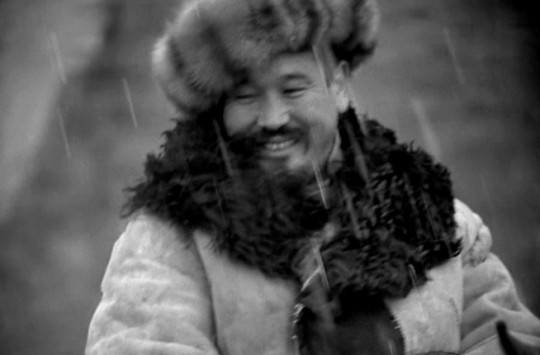
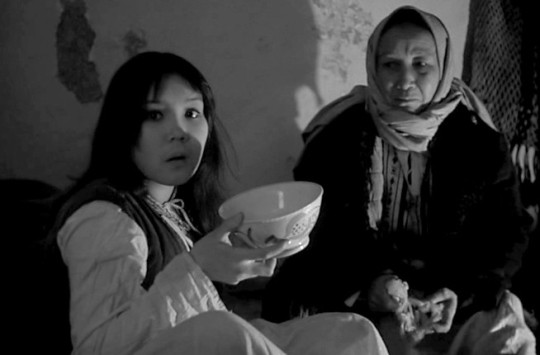
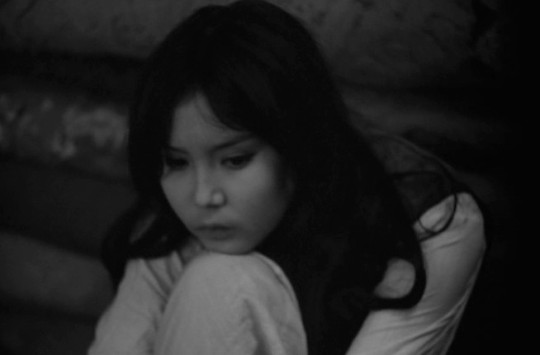
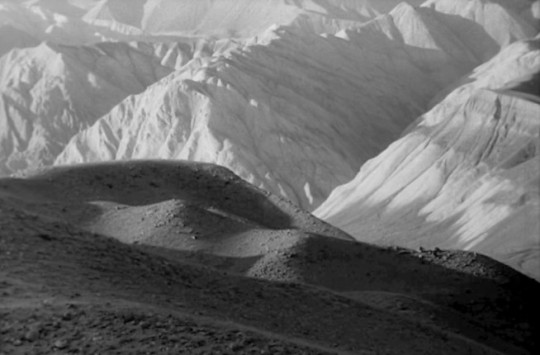
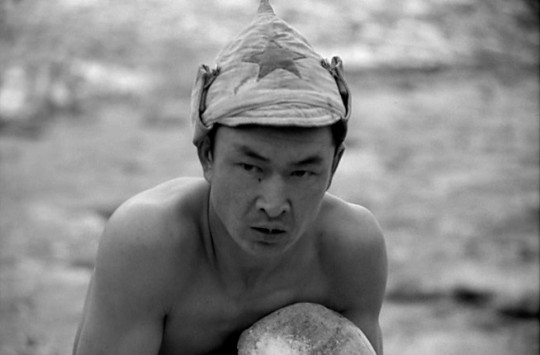
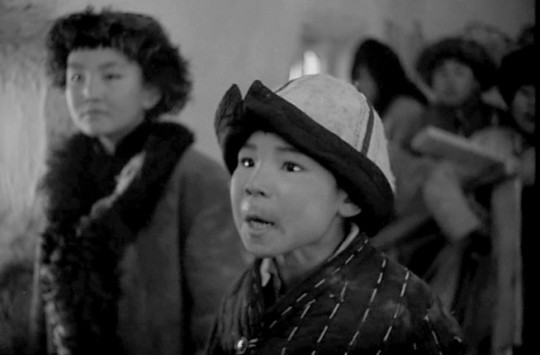
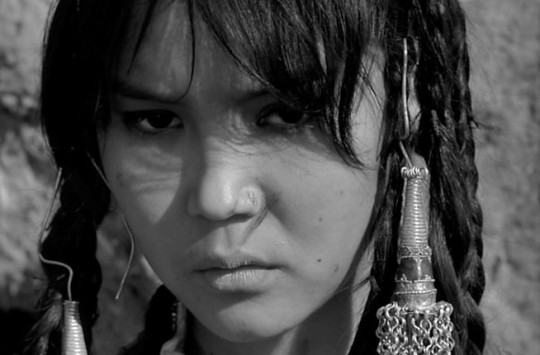
The First Teacher, 1965, directed by Andrei Konchalovsky
Starring Natalia Arinbasarova and Bolot Beishenaliev
A former Russian soldier (Bolot Bejshenaliyev) instructs the Leninist doctrine to students in a remote Muslim region [in Kyrgyzstan].
#soviet#cinema#communism#soviet cinema#socialism#kyrgyzstan#Kyrghyz#kirghiz soviet socialist republic#Kirghiz#andrei konchalovsky#Kirghizistan#kirgiz#turkic#Kyrgyz#socialist#film#soviet film#soviet union
294 notes
·
View notes
Text


I did, in fact, consider the kaftan. It’s the fourth image in the examples I gave of traditional siberian/mongolian/kyrghyz clothing. These are in fact Kyrghyz, as is the model if I’m not mistaken.
Eurocentric costuming is the bane of my existence
629 notes
·
View notes
Photo

Statue of Lenin in Bishkek, capital of Kyrgyzstan. Originally a fortress on the Silk Road called Pishkek, it became a Russian settlement in the second half of the 19th century. During Soviet times, it was renamed as Frunze after the Bolshevik military leader Mikhail Frunze (1885–1925), who was born there. In 1936, the city of Frunze became the capital of the Kyrghyz Soviet Socialist Republic. In 1991, the Kyrgyz parliament changed the capital's name to Bishkek. Nowadays, Bishkek is a rather pleasant green city where one can spot the Tian Shan mountains, weather permitting.
#USSR#CCCP#Soviet Union#Kyrgyzstan#Bishkek#Lenin#Communism#Lenin statue#Communism monuments#Frunze#Bruno Gremez
17 notes
·
View notes
Text
sometimes i think about if shadow and bone actually cast characters like tolya and tamar and inej with actors from the kind of background that they are very clearly supposed to have from the book. i think it’s great that it is such a diverse show etc but it really feels like they just cast what western audiences would perceive an ‘asian’ character to be e.g., east or southeast asian when the characters of tolya and tamar and clearly supposed to be central asian. leigh bardugo’s world building obviously isn’t exact but the same way you can gather that kaz and wylan are effectively dutch and nina is effectively russian, anyone actually paying attention would notice that inej is meant to be roma and tolya and tamar are from an unspecific central asian background (probably kazakh or kyrghyz). and literally no one is talking about this:/ like this show has such an opportunity to give representation to two groups who are almost never shown is western media except from harmful stereotypes and they really just went no we are not going to do that! and it’s literally so funny because you can see that they are trying to make stuff about the characters that’s in the book (such as inej being effectively an orthodox christian) make sense with her being south asian in the show and just…have no idea what to do it’s likes bestie u are creating ur own problems here and i think amita suman is really good and there definitely needs to be waaay more south asian rep than there is currently but just not at the expense of other marginalised groups?? like that doesn’t feel like my progress to me! and it really gives the impression that leigh bardugo has written these particular characters as being from cultures that she does not understand, taken elements from their culture and then when it comes to the huge million dollar netflix show that everyone is talking about doesn’t then know about about the people she is supposedly representing to make it clear what their backgrounds are and that they should be represented accurately! but who knows it’s probably not her fault because most people watching would just accept the casting choices at face value and not this hmm wait a second so maybe none of this matters but i just think that if you write characters as central asian or roma you should cast people with central asian and roma heritage to play them on screen 👍
1 note
·
View note
Photo

Overview
Language info
Kyrgyz Alphabet PDF
Wikibooks info
Wikipedia info
Courses / Grammar
Descriptive Grammar of Kyrgyz
Kyrgyz Intermediate Reading and Listening Materials
Kyrgyz Phrasebook
Kyrgyz phrasebook with audio
Memrise Courses
Online Course (taught in Russian)
Peace Corps - Kyrghyz Language Competencies
Peace Corps - Kyrgyz Language Lessons
Peace Corps - Kyrgyz Language Manual
Useful phrases in Kyrgyz
Video Lesssons
Books
Kyrgyz
The Kyrgyz Language
Learn the Kyrgyz Language
Самоучитель кыргызского языка
Изучаем кыргызский язык
Dictionaries
English-Kyrgyz Dictionary
Online Kyrgyz - Russian Dictionary
French-Kyrgyz Dictionary
киргизско-русский словарь I том (А-К) II том (Л-Я)
slovar-kyr-rus.narod.ru/
Media / Culture
azattyk
BBC - Kyrgyz
TRT Kyrgyz
Kyrgyz Wikipedia
National Epic “Manas” [Kyrgyz]
Translation of “Manas” in English
New Literature of Kyrgyzstan
217 notes
·
View notes
Text
Aside from the Indo-European languages, there are a few unrelated languages spoken in Europe.
First and foremost are the Uralic languages. There are a number of branches of this family, but the prominent ones are the Ugric, Finnic, and Sami languages. Finnic branch is, as the name suggests, where the Finnish language belongs, as well as Estonian, and Karelian of Russia, and a few smaller languages besides. The Ugric branch is what Hungarian belongs to, as well as the closely related minority languages of Khanty and Mansi, spoken in Russia. The Sami languages, as the name suggests, are the languages of the Sami people of Scandinavia; the largest of the Sami languages is Northern Sami. Aside from Ugric, Finnic, and Sami, there are some smaller branches, mostly spoken in Russia.
Next is the Basque language, spoken in northern Spain and southern France. Basque is considered to be an isolate: that is, it is not known to be related to any other currently existing language (though there are some fringe proposals linking it to the Kartvelian languages or Northeast Caucasian languages (both discussed later) or the Dene languages of North America (the family to which Navajo belongs).
Now the Kartvelian languages. The chief of them is the Georgian language, spoken in the Republic of Georgia (not to be confused, of course, with the American state of the same name). Other, smaller languages of the family include Svan, Mingrelian, and Laz (the last two mostly spoken in Turkey).
The Northeast and Northwest Caucasian languages are spoken mostly in the Caucasian Republics of Russia (Chechnya, Ingushetia, Daghestan, and a few others) as well as in the Republic of Azerbaijan. A relation between Northeast and Northwest has long been disputed but not proven conclusively. Of the Northeast languages, some standouts are Avar, Chechen, Ingush, and Tsez (a language I have a great interest in). Of the Northwest languages, some standouts are Adyghe, Kabardian (collectively known as Circassian), Abkhaz, and the very interesting extinct language of Ubykh.
The Mongolic languages, interestingly, have a representative in Europe, in the form of the Kalmyk language, spoken in the Russian Republic of Kalmykia, also the only predominantly Buddhist region in Europe.
Lastly are the Turkic languages. The Turkic languages span from the far east of Russia to the Balkan peninsula. The language is divided into two major branches: Common and Oghur. Oghur has only one extant representative, in the Chuvash language spoken in the Republic of Chuvashia in Russia, though the now-extinct Khazar and Bulgar languages once belonged to this branch. The Common branch is further divided into a variety of smaller branches. Some standout Common Turkic languages are Turkish (of course), Azeri, Uzbek, Kyrghyz, Qazaq, Uyghur, Tatar, Turkmen, and Bashkir (a language I have interest in).
Lastly are the Semitic languages. The only real representative of Semitic in Europe is Maltese, spoken in the island nation of Malta. Maltese is descended from medieval Arabic.
Our English language is one of a number of West Germanic languages, in common with Dutch, German, and a number of smaller dialects and languages. Aside from West Germanic, there is also North Germanic, to which Danish, Norwegian, and Swedish belong. Historically, there was also East Germanic, to which the Gothic language belonged, but that line died out some time in the 16th or 17th century with the death of the Crimean Gothic language, spoken on the Crimean Peninsula.
21 notes
·
View notes
Text
March 24th
The Arabic alphabet is used to write many different languages including, but not limited to, Arabic, Baluchi, Dari, Hausa, Kabyle, Kashmiri, Kazak, Kurdish, Kyrghyz, Malay, Morisco, Pashto, Persian/Farsi, Punjabi, Sindhi, Siraiki, Tatar, Turkish, Uyghur, Urdu and more.
Arabic has also been written with the Hebrew, Syriac and Latin scripts.
0 notes
Text
Meet Tatiana, Kyrgyz woman, Bishkek, 35 years. ID14589 - Profiles - Matchmaking Agency CQMI www.cqmi.ca
Discover Tatiana, Kyrgyz woman, 35 years old, living in Bishkek and speaking English, French, Russian. - Hello I am Tatiana, a single Kyrghyz woman with brown eyes and black hair from the city of Bishkek. I was born in Bishkek, Kyrgyzstan. I am Kind, loving, intelligent, compassionate, artistic. I always try to help others who are in need. I volunteer with homeless animals. I like an art in everything, and I made it my job, as I'm an artist. I think the most important in a relationship are mutual respect and understanding. I want to build a serious relation with the help of marriage agency. I am a Russian speaking girl who believes in love without border . I am looking for a serious relation with the help of CQMI Dating agency to be your Russian wife. I come from Eastern Europe. - Contact our Wedding Agency today! www.cqmi.ca
Antoine Monnier's insight:
Tatiana is a woman from Kyrgyzstan.
Her beauty is typical of Slavic women in Asia, here is a young woman with whom you can communicate live.
0 notes
Photo

Kyrghyz manty Recipe ~ Let's cook Kyrghyz manty by yourself!. See more at: http://ift.tt/2jKY0Ko
0 notes
Photo

Vasily Vereshchagin (Russian, 1842–1904)
A rich Kyrgyz hunter with a Falcon, 1871.
116 notes
·
View notes
Photo

Vasily Vereshchagin (Russian, 1842-1904) - Travelling Kirghiz., 1870.
14 notes
·
View notes
Text
Okay I’m going to expand on this. Idk how many people actually care but it matter to me, so I will.

My tags from another post: #tell me again how hard it is to find asian models in clothes that look like keftas #if you cannot find asian models wearing keftas it’s not because there aren’t any #it’s because you have a eurocentric misconception of what a kefta needs to look like
And what I mean, in this case specifically, is that Bardugo never goes into great detail about what a kefta actually looks like. She describes them as long robes or coats with long sleeves and embroidered embellishment. I don’t even recall if she ever mentioned fur trim/lining, though given that it’s fantasy Russian, we can assume that there is for warmth. We just know that it’s Russian and there’s specific colors for different classes of Grisha. Genya and Nina’s have panels in them. That could mean almost anything!
And yet, there’s this tendecy in the grishaverse fandom to design keftas that look like this:



—while completely ignoring that more than half of Russia is part of Asia, with dozens of indigenous cultures that are related to Turkic and Mongolian peoples. I’ve done this too in the past. BUT that doesn’t mean it’s the only valid option.
Take this Mongolian-inspired Alina, for example:

And these Siberian, Mongolian, and Kyrghyz outfits, both traditional and influenced:





If you think these couldn’t be keftas... why? What about them doesn’t fit or could not be made to fit the description of a long robe/coat with long sleeves and embroidered decoration? The answer is nothing. They all fit that description.
So why do so few kefta designs look like these, when Alina is part Shu specifically due to Ravka’s proximity to Shu Han? It would make sense for Ravkan clothing to be heavily influenced by that of Shu Han, which we know is in some part inspired by Mongolia. But I’ve yet to see much other fanart, if any at all, that draws keftas with more of a Siberian and/or Mongolian inspiration. Even ones that depict Alina as biracial Asian rarely draw her in Asian-inspired clothing.
Why? I keep coming back to this question of why, because when you really start to examine these things, it just hits you over and over. Why do people make these design choices? Is it just because people don’t have the breadth of knowledge about non-european cultures? Do they just not realize or remember? Or they don’t consider the option? Or they do consider and discard it because of the way we’ve normalized and romanticized european culture? Why don’t more people consider how Russia is part of Asia? Why do “diverse” fantasy shows and movies dress their characters of color in the same vaguely medieval european clothes as everyone else? Why?
And there’s obviously a difference between this and cultural appropriation, but when you use “period costume” as an excuse not to use models of color, and those same models are from cultures closely related to the one you’re trying to represent...I think you can connect the dots yourself.
Eurocentric costuming is the bane of my existence
629 notes
·
View notes